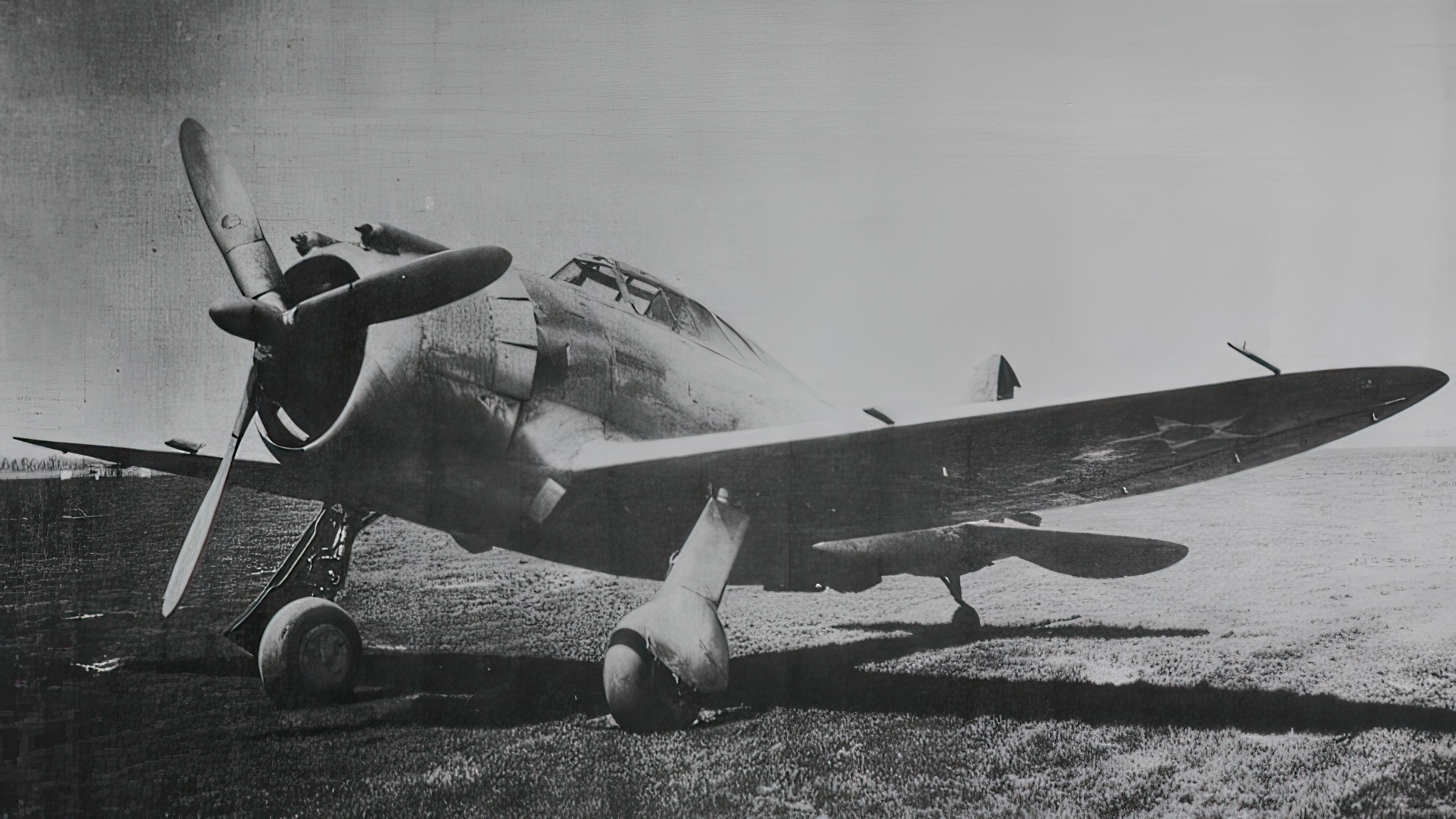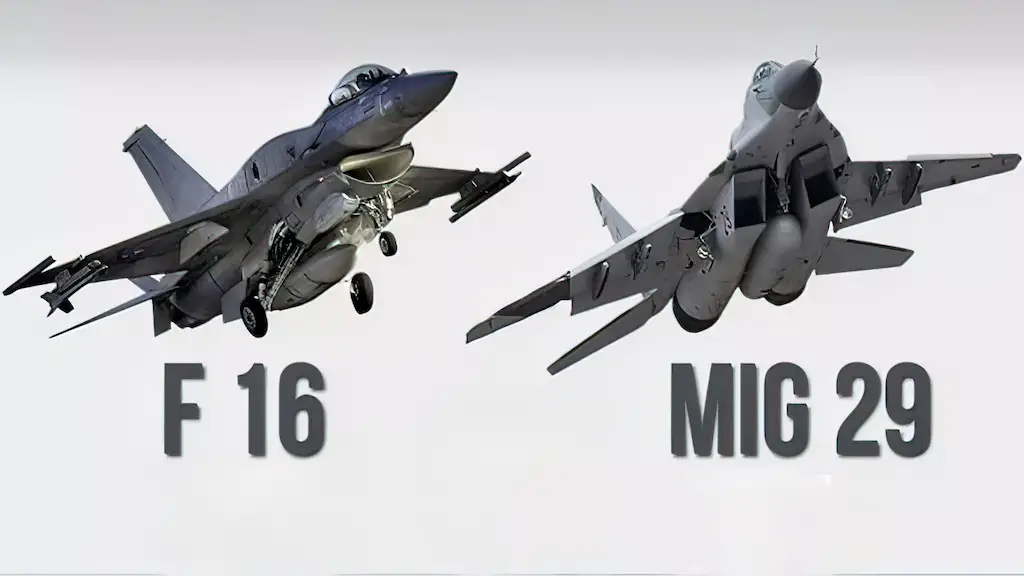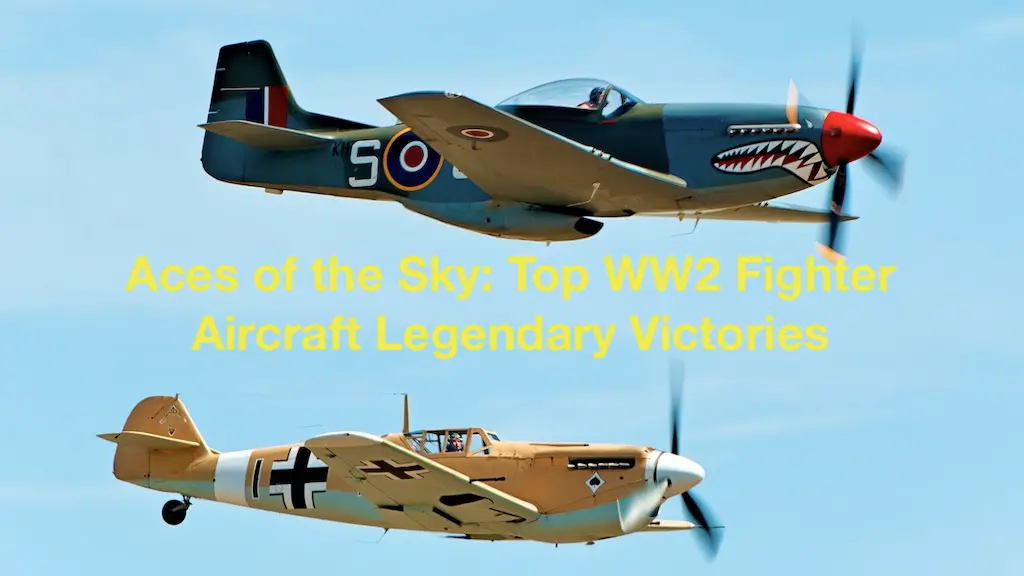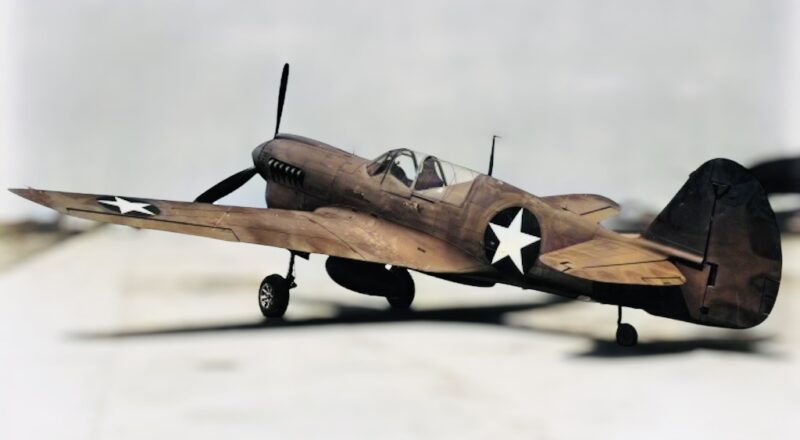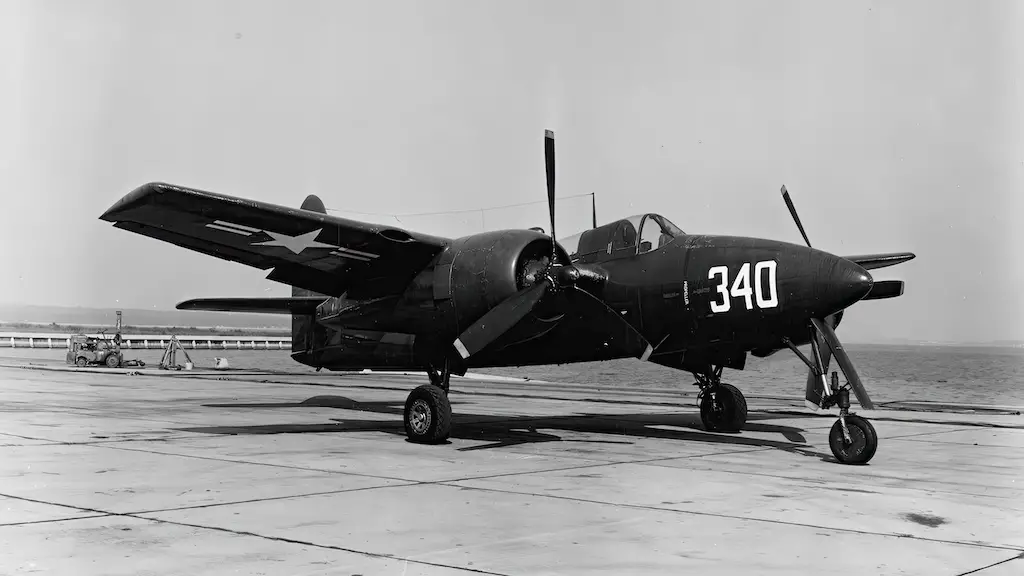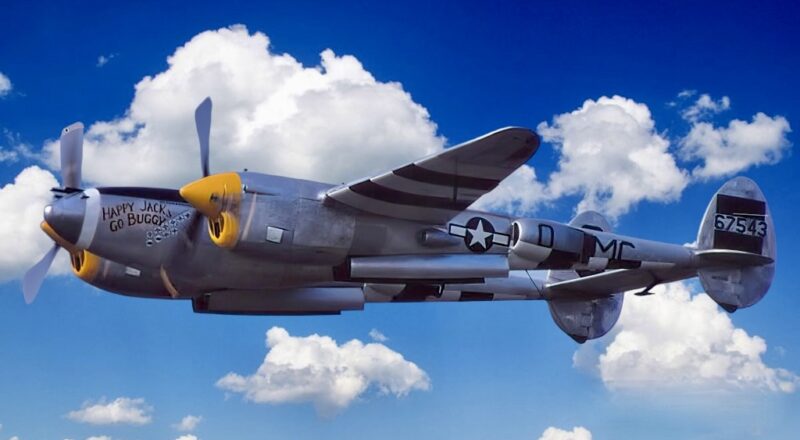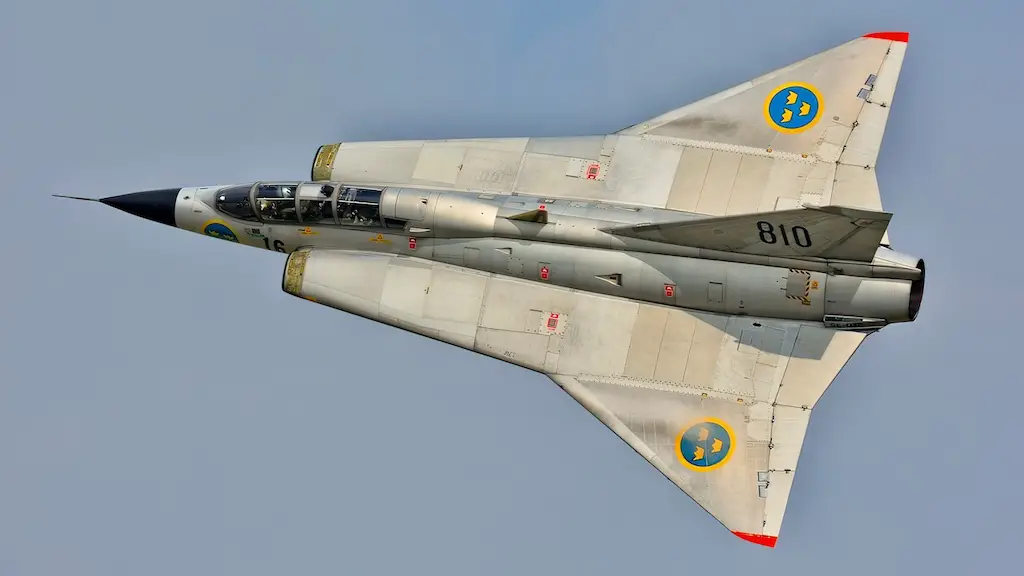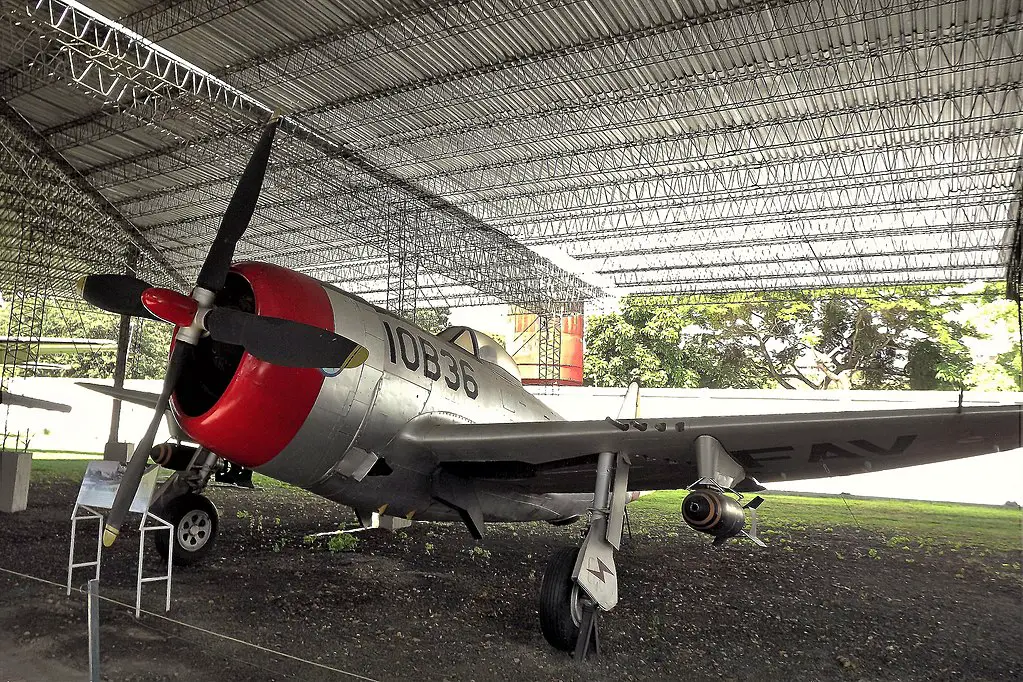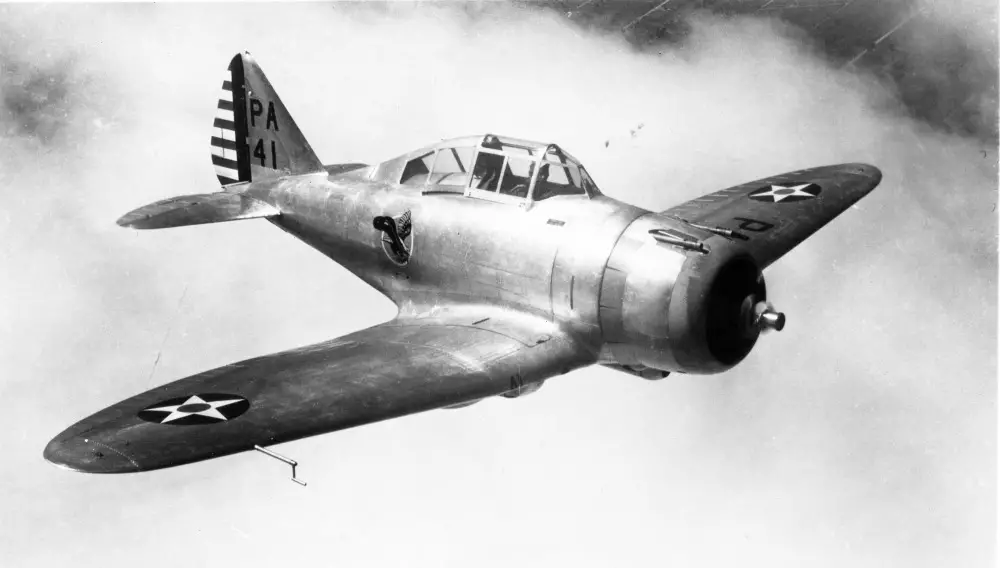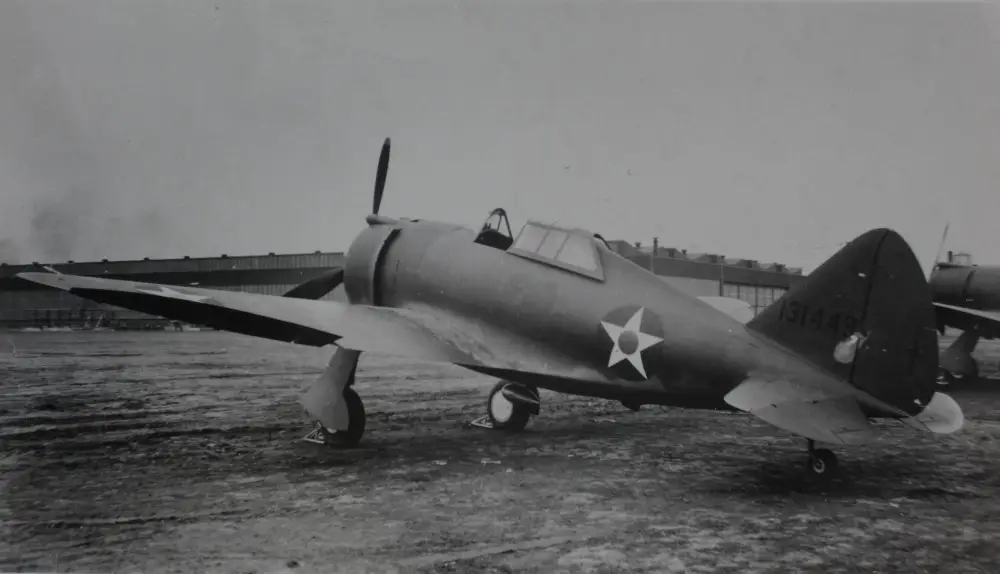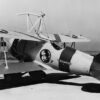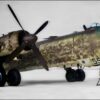A Forged Invention
In the late 1930s, the world’s major powers foresaw the storm clouds of war. Anticipating the need for superior air combat capabilities, Republic Aviation birthed the P-43 Lancer.
Design efforts began in 1939, riding on the coattails of its predecessor, the Seversky P-35. Engineers led by Alexander Kartveli sought a more potent weapon. They envisioned a high-altitude fighter, boasting superior speed and an upgraded armament. The end product? A sleek, monocoque design that allowed for both durability and speed.
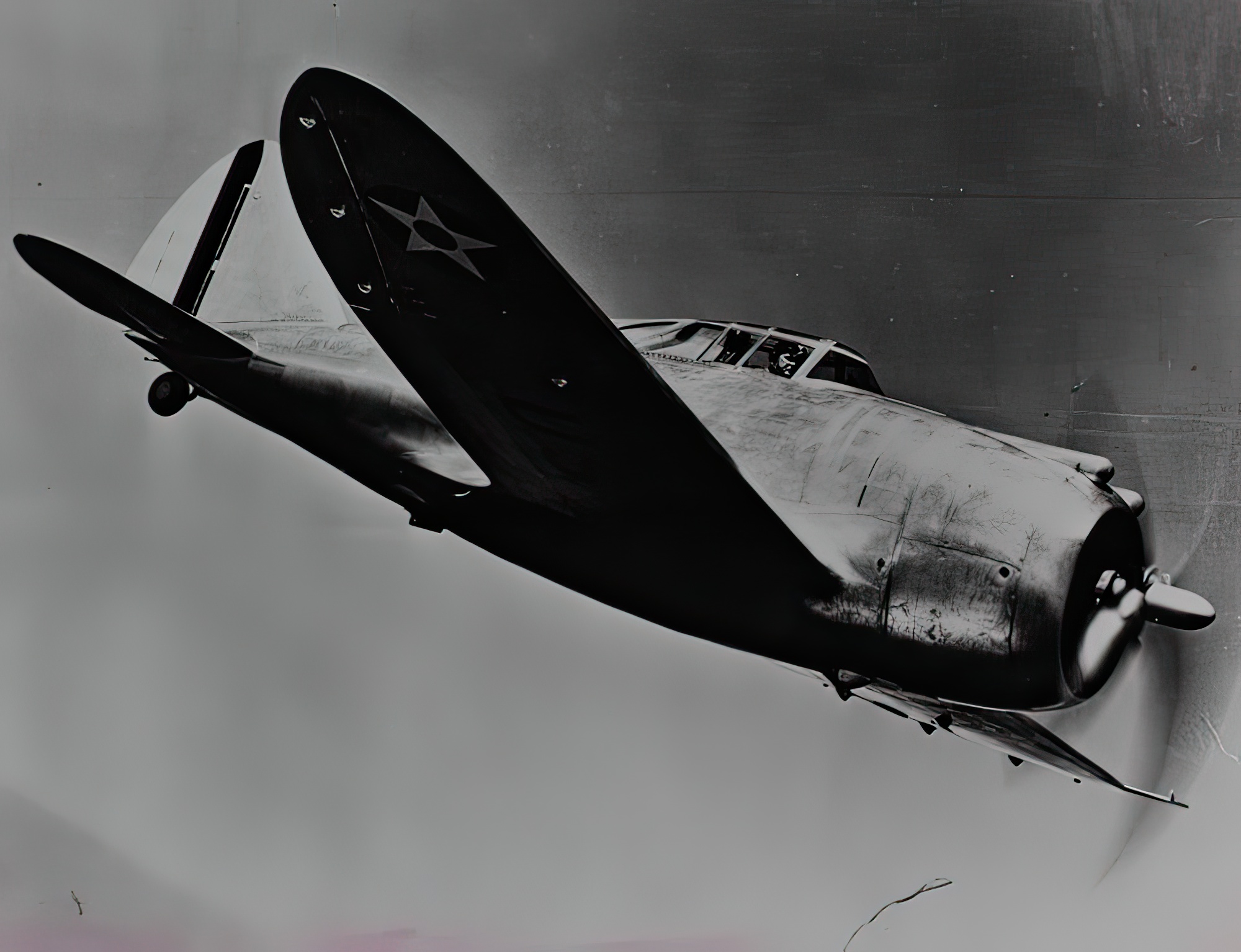
The R-1830-49 Engine
The heart of the P-43 Lancer was its engine, the Pratt & Whitney R-1830-49 Twin Wasp. This 14-cylinder radial engine was a powerhouse, producing 1200 horsepower at its peak. It granted the Lancer the speed and agility required to compete in the turbulent skies of WWII.
The R-1830-49, with its turbo-supercharger, allowed the P-43 to sustain its performance even at high altitudes. A perfect companion for a high-altitude fighter, the engine’s capabilities proved a perfect fit for the P-43’s design ethos.
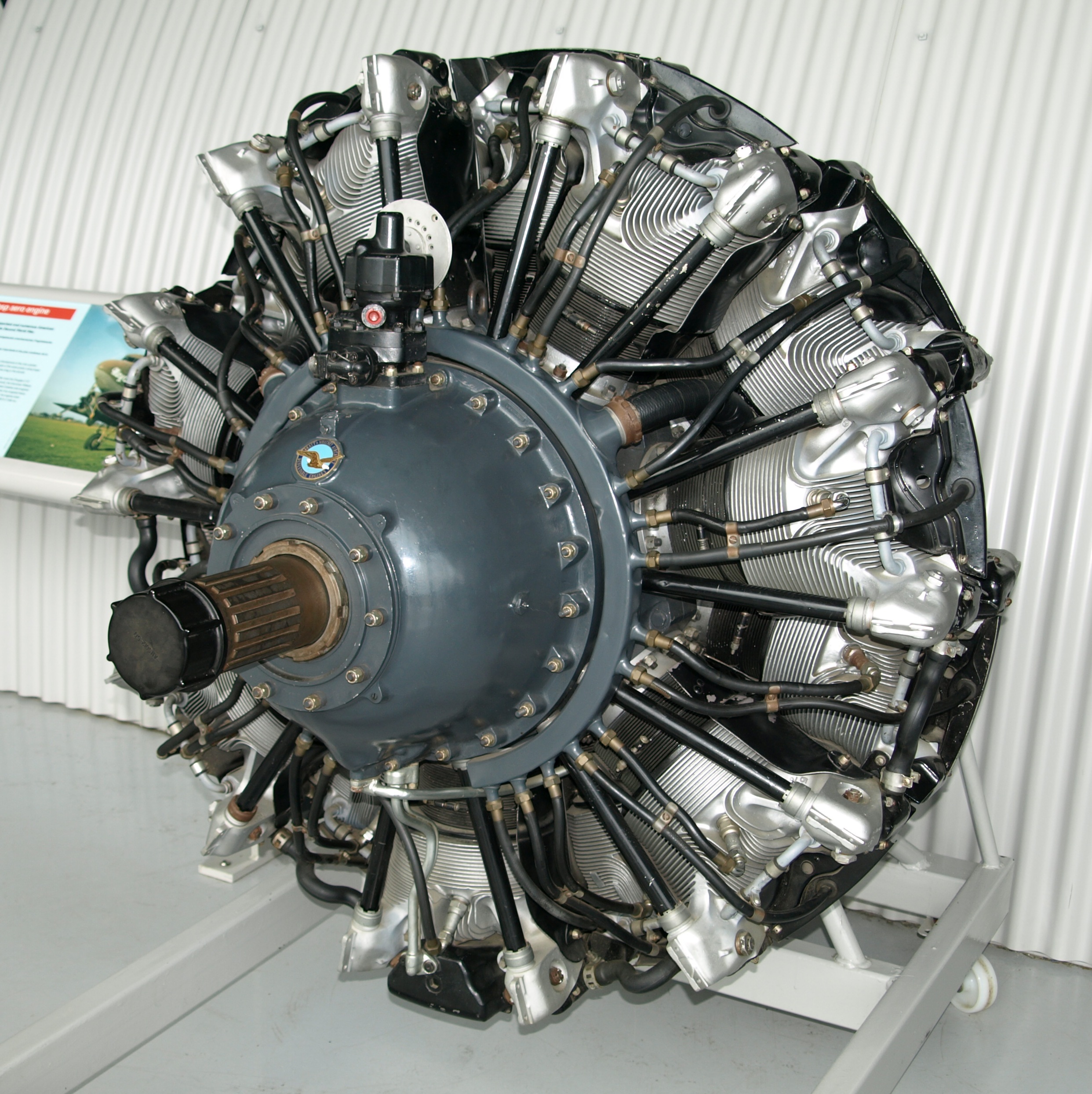
Unleashing the Falcon
A Lancer in flight was poetry in motion. With its semi-elliptical wings and a grand propeller, the P-43 Lancer asserted its presence in the sky through its quick agility and notable ascension capabilities. Yet, its distinction from contemporaries laid not only in its flight prowess, but also in its firepower.
Initially, the P-43 was armed with two .50-caliber and two .30-caliber machine guns – a potent combination that rendered it a formidable adversary during its time. However, Republic later increased this to four .50-caliber guns, turning the Lancer into a veritable flying fortress.
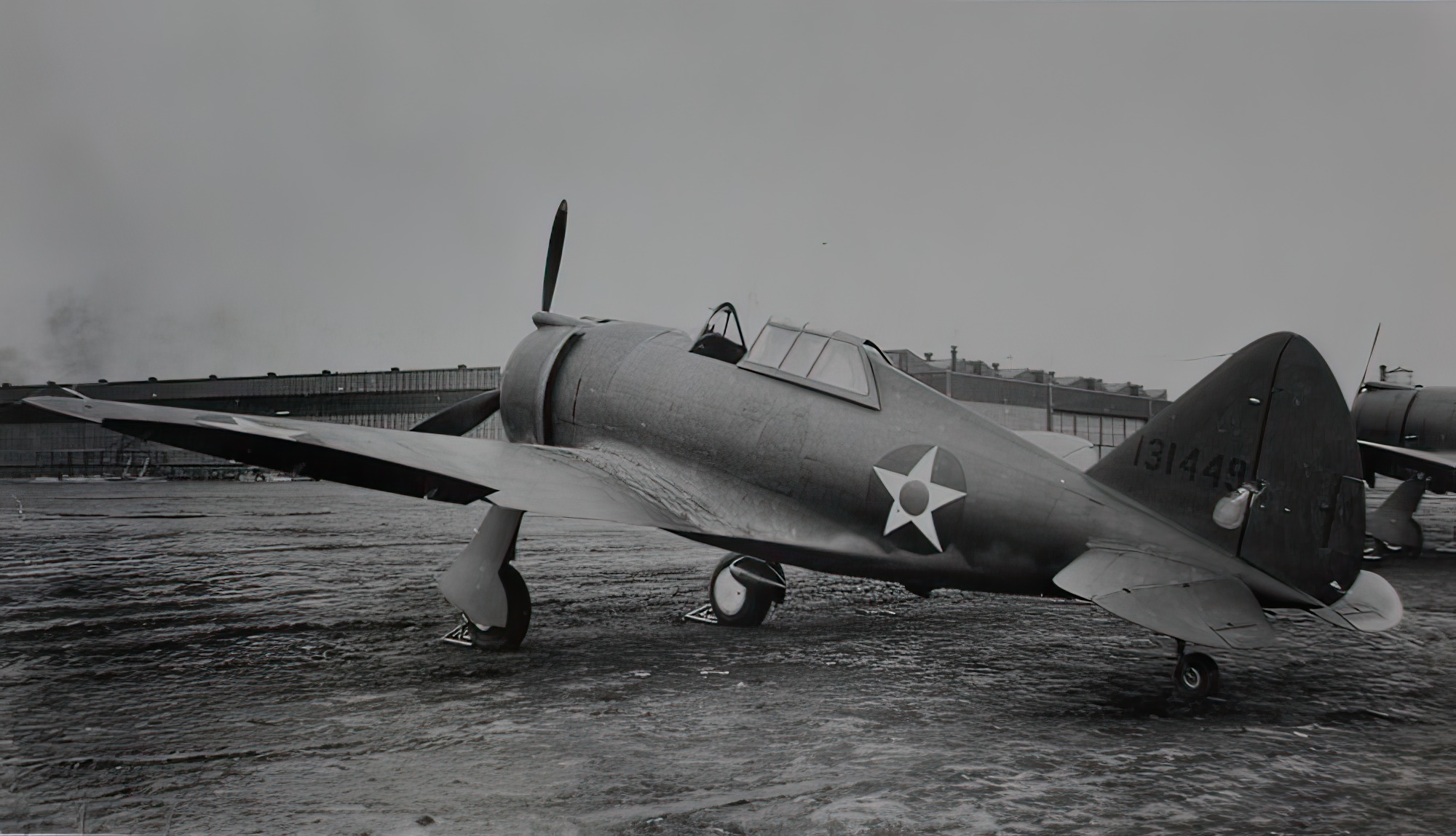
Into the Fray
Despite its many strengths, the P-43 saw limited combat during the war. The U.S. Army Air Corps primarily used it as a high-altitude interceptor and for photo-reconnaissance roles. While not front-line fighters, these Lancers played a crucial role in gathering intelligence and protecting American skies.
The Chinese Air Force also employed the P-43, using it effectively against Japanese forces. These Lancers served as critical elements in the fight against Axis powers, despite their limited numbers.
The Forgotten Warrior
Yet, for all its merits, the Lancer had its share of shortcomings. Its lack of self-sealing fuel tanks and inadequate armor made it vulnerable, overshadowing its firepower and speed. This lack of defensive measures limited the P-43’s potential as a front-line fighter.
Limited production numbers further restricted the Lancer’s impact on the war. With only 272 built, the P-43 was far outnumbered by other fighters. The decision to focus on the production of its successor, the P-47 Thunderbolt, led to the early retirement of the P-43. Consequently, this intriguing aircraft faded into history, with only a few left to tell its story.
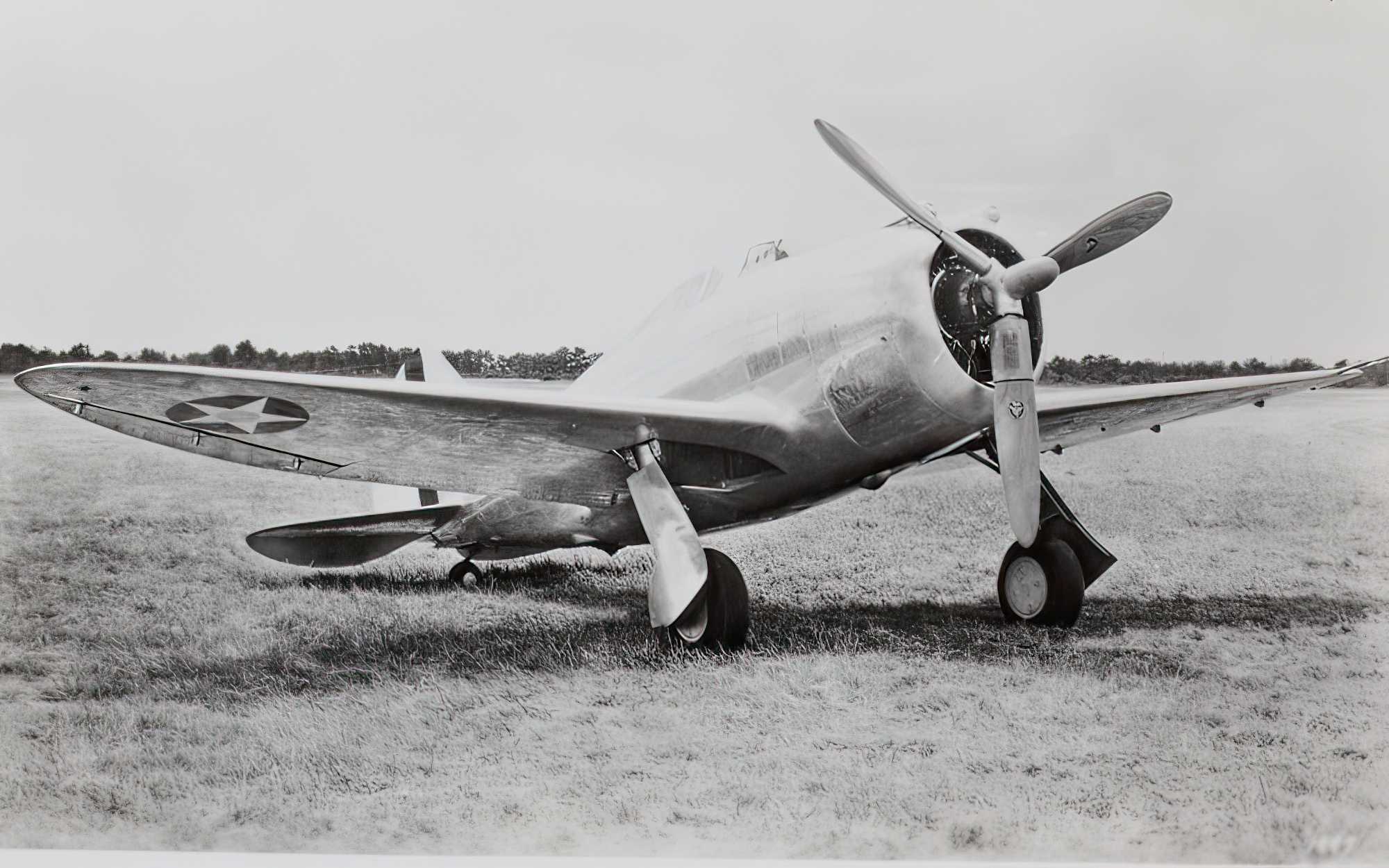
P-43 Lancer vs P-47 Thunderbolt
As products of Republic Aviation’s skilled engineers, the P-43 Lancer and its successor, the P-47 Thunderbolt, share a lineage marked by innovation. Yet, each aircraft demonstrates unique traits, reflecting different design philosophies and historical contexts. The P-43, crafted as a high-altitude interceptor, packed impressive speed and firepower for its era. However, its operational use remained limited due to some shortcomings, including a lack of armor and self-sealing fuel tanks.
In contrast, the P-47 Thunderbolt emerged as an evolutionary leap. This aircraft capitalized on the lessons learned from the P-43, boasting a more potent Pratt & Whitney R-2800 Double Wasp engine, superior armor, and an impressive armament of eight .50-caliber machine guns. Its rugged construction and sheer power made it one of the most successful fighters of World War II, with a reputation that significantly overshadowed its predecessor. Despite their differences, both fighters stand as testaments to Republic Aviation’s contribution to a crucial era in aviation history.
